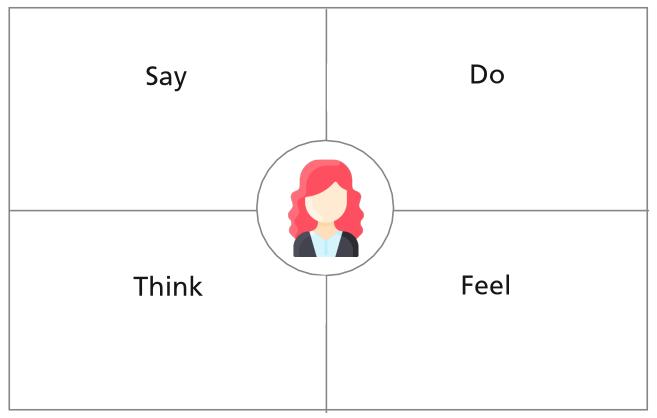|
Photo by Tom PREJEANT As “digital people”, we have a multitude of tools to help our clients understand themselves and their customers better. What's really interesting is that we rarely use those tools on ourselves or each other better. One thing that can help to make a difference in almost every interaction we have with other people is the ability to get a better idea of what's going on in other people’s heads and lives. My experience has shown me that everyone’s actions and behaviour make total sense to them based on their motivations and knowledge. As observers, we often miss parts of the picture, which is why other people can often confuse us. We’ve all had people who were frustrating to work with: the ones who seem to delight in blocking our progress or appear to want to undermine us. Once you see the world how they see it, you may see that we represent some kind of threat to them or their circumstances and they are simply protecting themselves against that risk. I have written about the kinds of things we things we perceive as threats elsewhere. Knowing that gives us all more options to play with which may include inviting them to share what's going on in their world and helping them find ways around the danger that we inadvertently pose. The empathy map” tool was created by Dave Gray at Xplane, but I recommend people use the simplified version from Nielsen Norman. It’s such a great tool for examining what a person might be thinking and feeling when all you have to go on is what they say and do. It allows you to step into their shoes and explore the world as they see it. A tool like this helps us not make assumptions about what we might do if we were in their place but to try to look through their eyes and see the world from their perspective. These are the elements of the tool:
Once you have gone through the exercise, think about what you can do that might smooth things over and improve your relationship with them. Is there something that they might benefit from hearing you say? Or do you need to ask more questions and let them understand you are open to hearing more of their thoughts? The information you expose doing the exercise will point you toward what needs to happen next. I’d like to recommend you use this tool whenever you notice you have challenges with other people - at home as well as at work. My experience is that the friction disappears because I understand how they are experiencing our relationship and how I could subtly change my behaviour to help them feel more supported and understood, even if I don't fully agree with them. Using this approach, I quickly began to see that people are tense or tetchy or downright unhelpful because of what's going on in their heads and that, by being empathetic, I could change the way that they responded to me and thus the outcome of our interactions.
0 Comments
Leave a Reply. |
Author25 years experience in helping teams build user centred products and services, now helping digital colleagues learn how to bounce back better than before from the challenges life throws at us from time-to-time. Archives
December 2022
Categories
All
|



 RSS Feed
RSS Feed